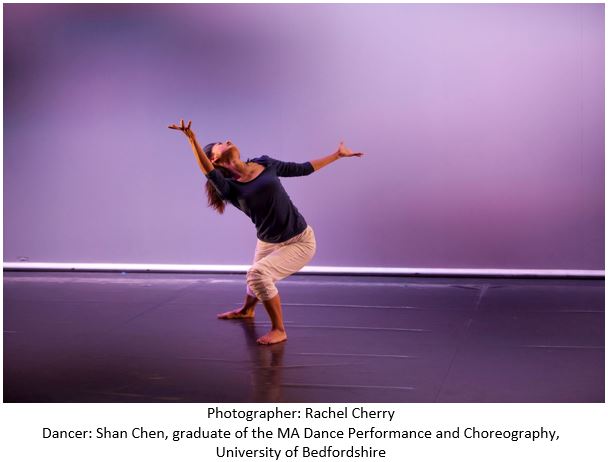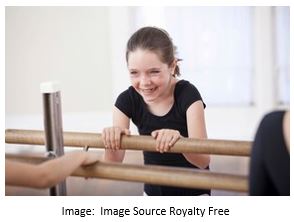Blog
Blog
Imagery, Research, and Practice
Author: Katie Pavlik on behalf of the IADMS Dance Educators’ Commitee
We start our new year with a series of posts by leading experts in the world of dance imagery and creativity. This first post by Katie Pavlik introduces simple and immediately usable ways for us to embed the use of imagery in our classes from both teaching and dancing perspectives, a great way to invigorate our practice.
Read ArticlePsychological perspectives on puberty in dance
Author: Siobhan Mitchell on behalf of the IADMS Dance Educators’ Committee
Following on from our busy season of Regional Meetings in Australia, USA and UK, the focus of much of our discussions at these events was on how we work with children and young people to optimize their training. Siobhan presented her session at the Healthier Dancer Day on The Adolescent Dancer in Ipswich in May 2017. Here follows one of two posts, focused on the psychological perspectives of puberty when working with young dancers. Watch out for our forthcoming post which will focus on the physiological aspects too.
Read ArticleWayne McGregor on John Travolta, technology and why everyone can dance
This interview with Wayne McGregor is not the usual dance medicine and science post, however McGregor makes some interesting comments which refer to science and which imply how strongly science relates to art. McGregor makes reference to neuroscience (3:05) and specifically how he works with neuroscientists (3:32). He uses sound to shape action in his choreography (5:54) There are other choreographers who also use their voices to create sounds to achieve a movement quality from their dancers and dance teachers sometimes use verbal sounds to trigger a particular movement dynamic when teaching.
Read ArticleNurturing passion in dance
Author: Imogen Aujla on behalf of the IADMS Education Committee
Passion for dance is important: as teachers we want our students to be passionate, love what they do, and get involved at every opportunity. But is it really good for dancers to eat, sleep and breathe dance? What happens when passion turns into an obsession?
Read ArticleUsing imagery to optimise dance training and performance
Author: Sanna Nordin-Bates on behalf of the IADMS Education Committee
Think of a time when you were really enjoying your dancing. Really think about it: how it felt, what you did, and who else was around. Was there music playing? Maybe you can even recall what you were thinking of, or focusing on.
My guess is that you could see the above scenario in your mind’s eye: the image of that time of dance enjoyment. This is the visualization part of imagery, and it is powerful in itself. But just like normal life (and dance training) is not just visual, you could also conjure up a range of other sensations, even though you were not actually experiencing them for real. This is why the term imagery is preferred to visualization: it acknowledges the importance of using multiple senses to make an image as vivid as possible. In fact, research shows us that imagery is more effective the more vivid it is, and vividness is achieved by using multiple senses. Essentially, it is these sorts of rich images which convince your brain that what is going on is real – it is stimulating the very same areas of the brain as actual movement, actual music-listening, actual seeing, and so on.
Read ArticleKeeping the enjoyment alive: Positive psychology for dance
Author: Elsa Urmston on behalf of the IADMS Education Committee
The next series of posts from the Education Committee shines a light on the psychology of dancers. Over the next month or so, we have a range of blog contributions from leading dance psychology researchers and practitioners. Erin Sanchez (Dance UK) and Joan Duda (University of Birmingham) will discuss the Empowering Dance programme in the UK, a professional development workshop which draws on research finding that support the integration of autonomy supportive environments. Sanna Nordin Bates (University of Stockholm) introduces us to the use of imagery in optimizing dance practice and Imogen Aujla (University of Bedfordshire) discusses the importance of passion in dance. We kick off here with the first in the series exploring the application of positive psychology to dance practice and how we can create positive learning and creative environments in which our dancers can flourish.
Read Article


 BACK
BACK